Nutrition and Injury Recovery: The Best Foods to Speed up Healing Time
For those suffering from an injury, as little downtime as possible should always be the goal. Surprisingly, diet may also play a critical role in speeding recovery time and reduce the pain associated with trauma. With the addition of nutrient-rich foods on a daily basis, injured individuals may accelerate the healing process, returning to full function within a much shorter span of time.
Adequate dietary protein, fat, vitamins and minerals are all critical in the healing process. Many foods contain surprising levels of these nutrients and when combined, facilitate tissue regeneration, inflammation reduction, healthy blood flow and immune system function.
Turmeric

Turmeric contains curcumin, a potent anti-inflammatory, and antioxidant compound. It has been the subject of extensive study and shows excellent promise for conditions such as muscle sprains and ligament injuries. Curcumin also acts as an antibacterial and antiviral agent, further protecting the injured area. It may even be used on external wounds to speed the healing process. Because it is a powerful anti-inflammatory, curcumin may also reduce pain associated with injuries by reducing swelling in the surrounding tissues. For a more concentrated dose, curcumin may be taken in capsule form.
Garlic
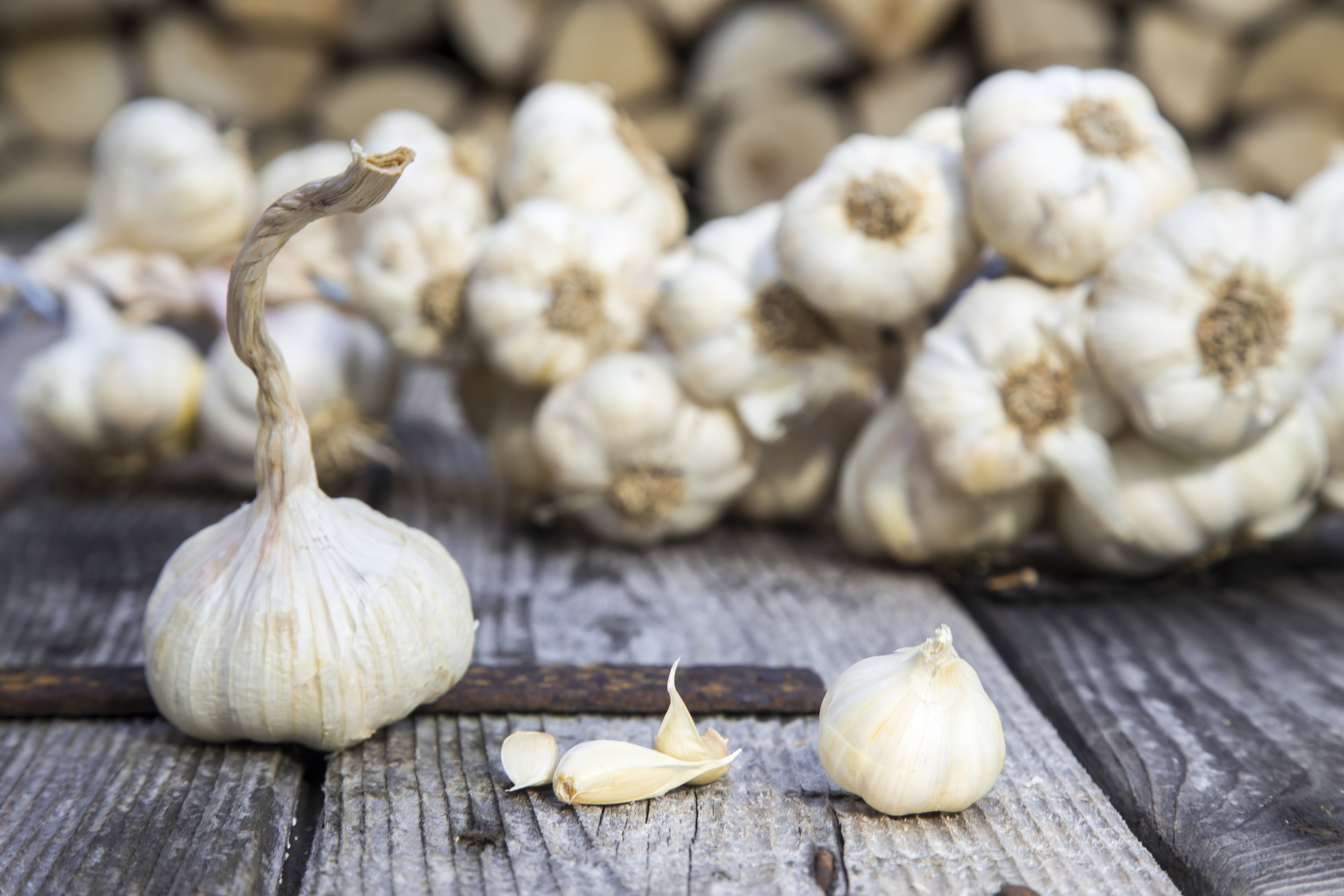
Garlic contains allicin, a powerful anti-inflammatory compound that may speed healing time by accelerating the production of white blood cells and increasing the activity of macrophage cells in the blood. These cells engulf dangerous invaders that may cause infection and slow recovery time. Garlic also boasts sulfur-containing compounds that help to stimulate the immune system. Garlic also increases circulation to the affected area, allowing for higher nutrient delivery through the blood. When injured tissue receives an influx of nutrients and oxygen, it is able to heal more efficiently.
Ginger
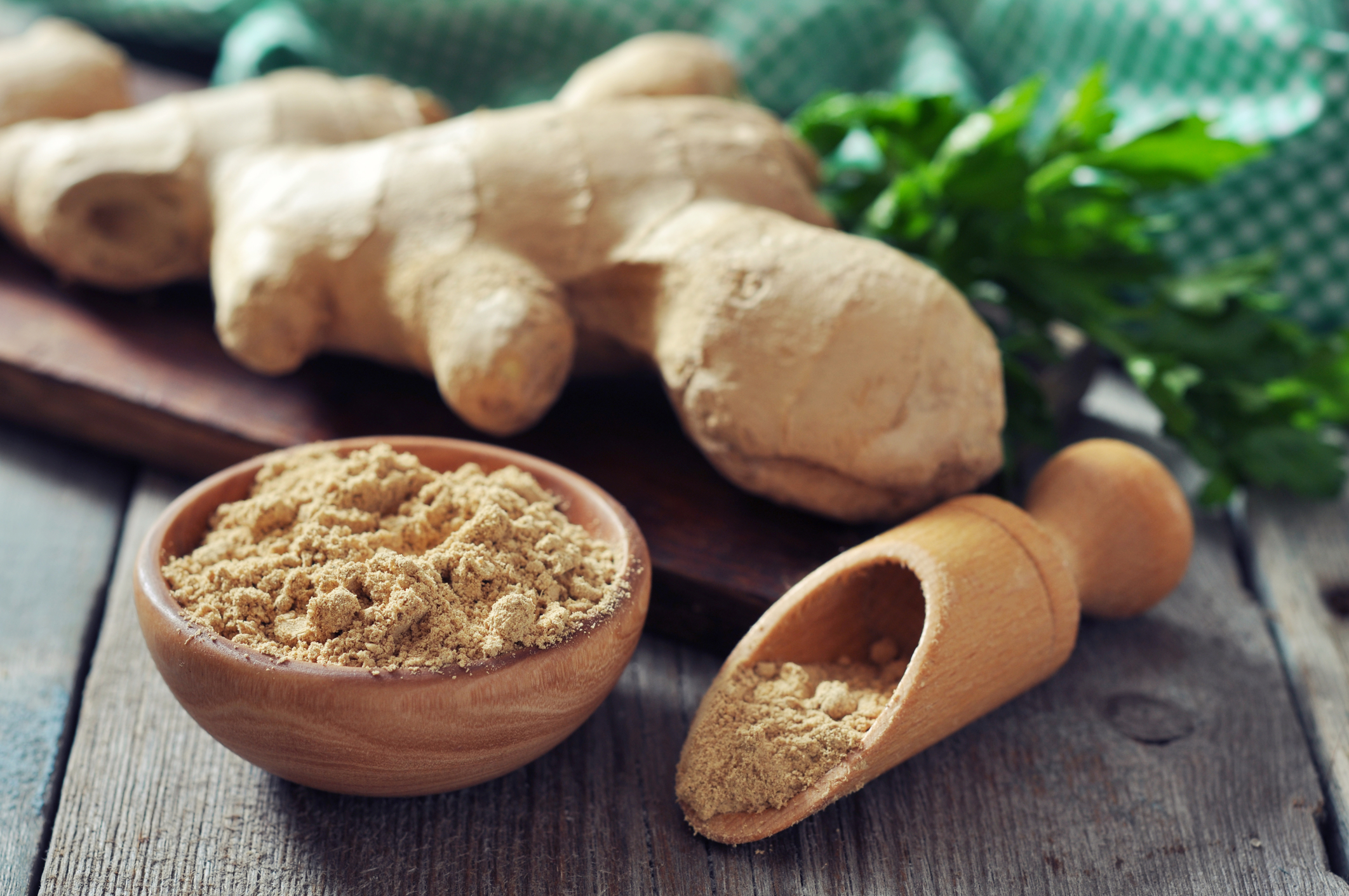
Ginger has been used for centuries to promote healing due to its anti-inflammatory and antioxidant properties. It contains the compound gingerol which is believed to be responsible for many of its healing capabilities. Gingerol reduces oxidative stress on injured tissues, speeding up recovery time and helping to prevent further injury. Studies have shown that ginger also protects glutathione levels in the body. Glutathione is considered one of the body’s most important antioxidants and is responsible for protecting the body against inflammation. It also plays a role in tissue regeneration, enzyme production, and detoxification. Because ginger plays a role in protecting this vital antioxidant, it can greatly speed recovery time.
Berries

Berries contain both high levels of antioxidants and vitamin C. Due to their high concentrations of these nutrients; they play an essential role in reducing recovery time. Vitamin C is heavily involved in the production of collagen and assists with bone healing. It is also involved in tissue repair and is considered to be a powerful antioxidant. Berries are also an excellent source of carbohydrates which are necessary throughout the healing process. When the body uses carbs for fuel, it doesn't need to break down protein for energy. A constant stream of amino acids is necessary for tissue regeneration, so providing the body with enough carbohydrate fuel is essential to healing.
Citrus Fruits
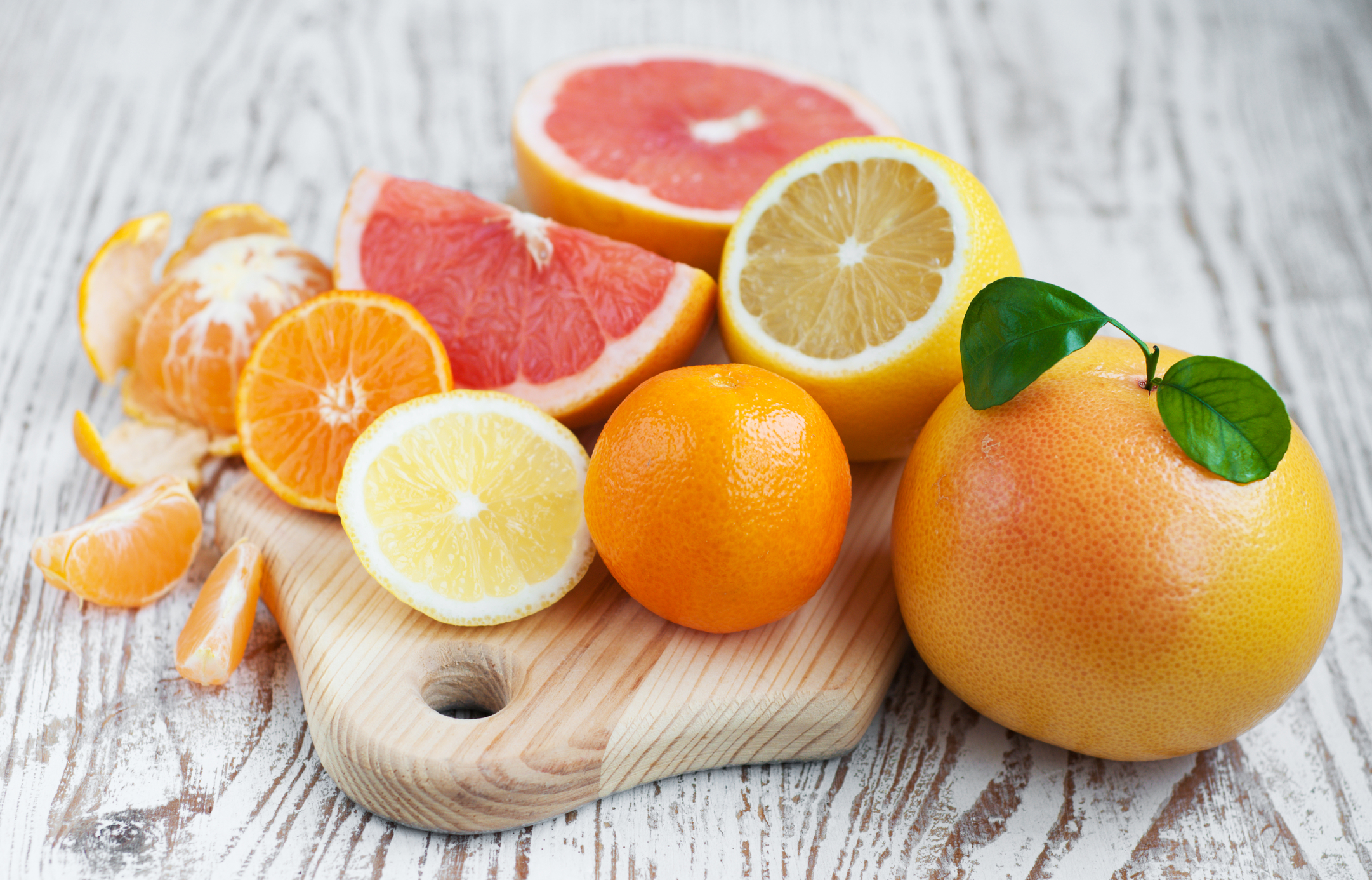
Citrus fruits contain high levels of ascorbic acid, more commonly known as vitamin C. This vitamin is a necessary component in injury recovery as it plays a role in the synthesis of new collagen. Vitamin C has undergone extensive study for its applications in healing and recovery since 1937 and has consistently shown positive results. Due to its ability to assist the body in managing physiological stress, studies suggest supplementing with high doses of vitamin C during the recovery period. Research has demonstrated that trauma to bodily tissues reduces blood concentrations of vitamin C. As a result, individuals who maintain marginal vitamin C levels are at risk for deficiency when injured.
Dark, Leafy Greens
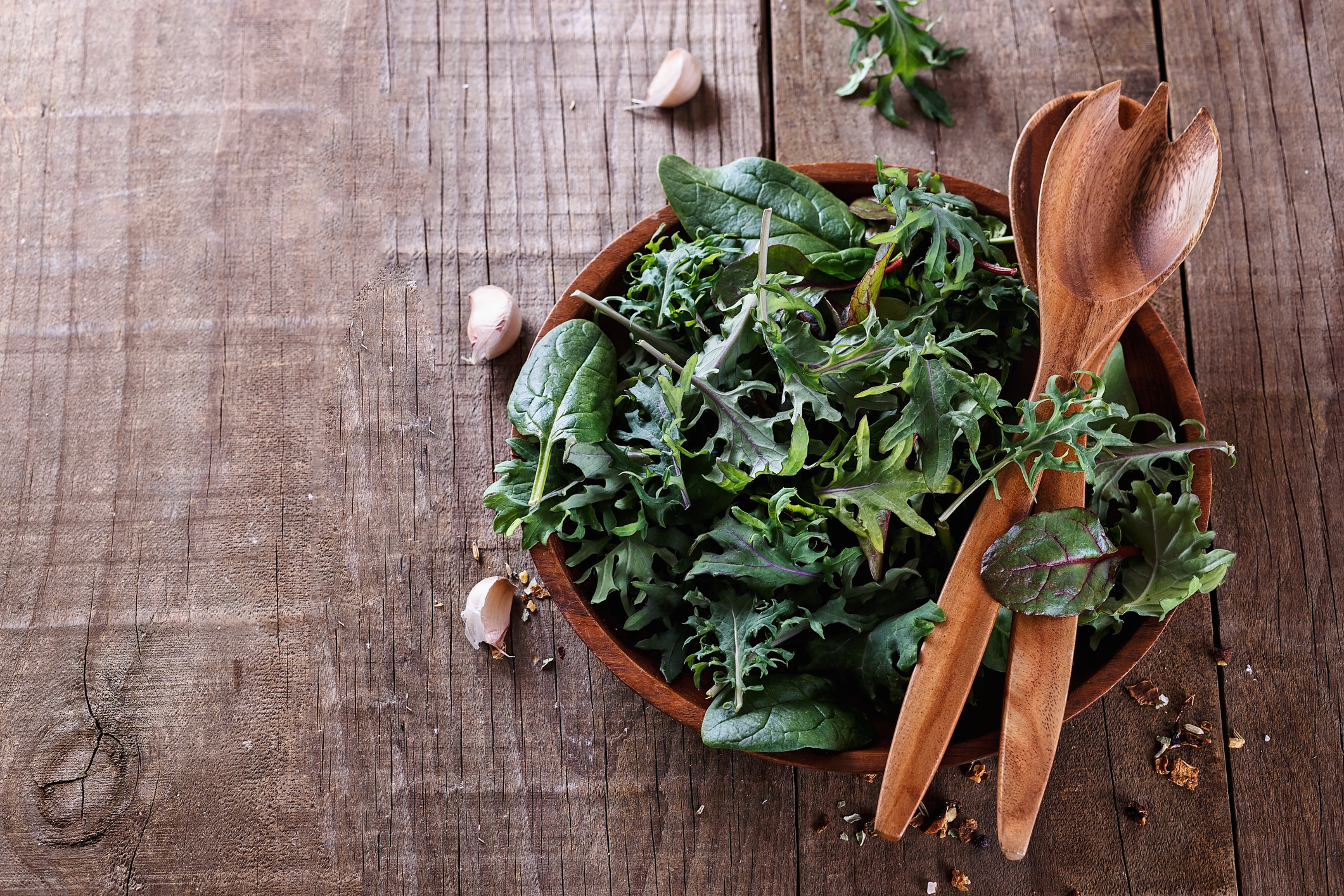
Dark leafy greens such as kale, spinach, collard greens and others offer tremendous nutritional value. They contain high levels of vitamin C, iron, beta-carotene, magnesium, calcium and potassium. Consuming these vitamin and mineral rich greens helps maintain levels of nutrients that are critical to injury healing and a speedy recovery. Beta-carotene converts to vitamin A inside the body and is responsible for the initiation of new collagen production. Vitamin C assists in collagen production, while magnesium relaxes muscle tissue and aids in blood flow. Iron is essential to the injury healing process as it is necessary for the production of hemoglobin in the blood. This allows the transport of oxygen and nutrients throughout the body and is especially vital for the delivery of nutrients to injured tissue.
Eggs
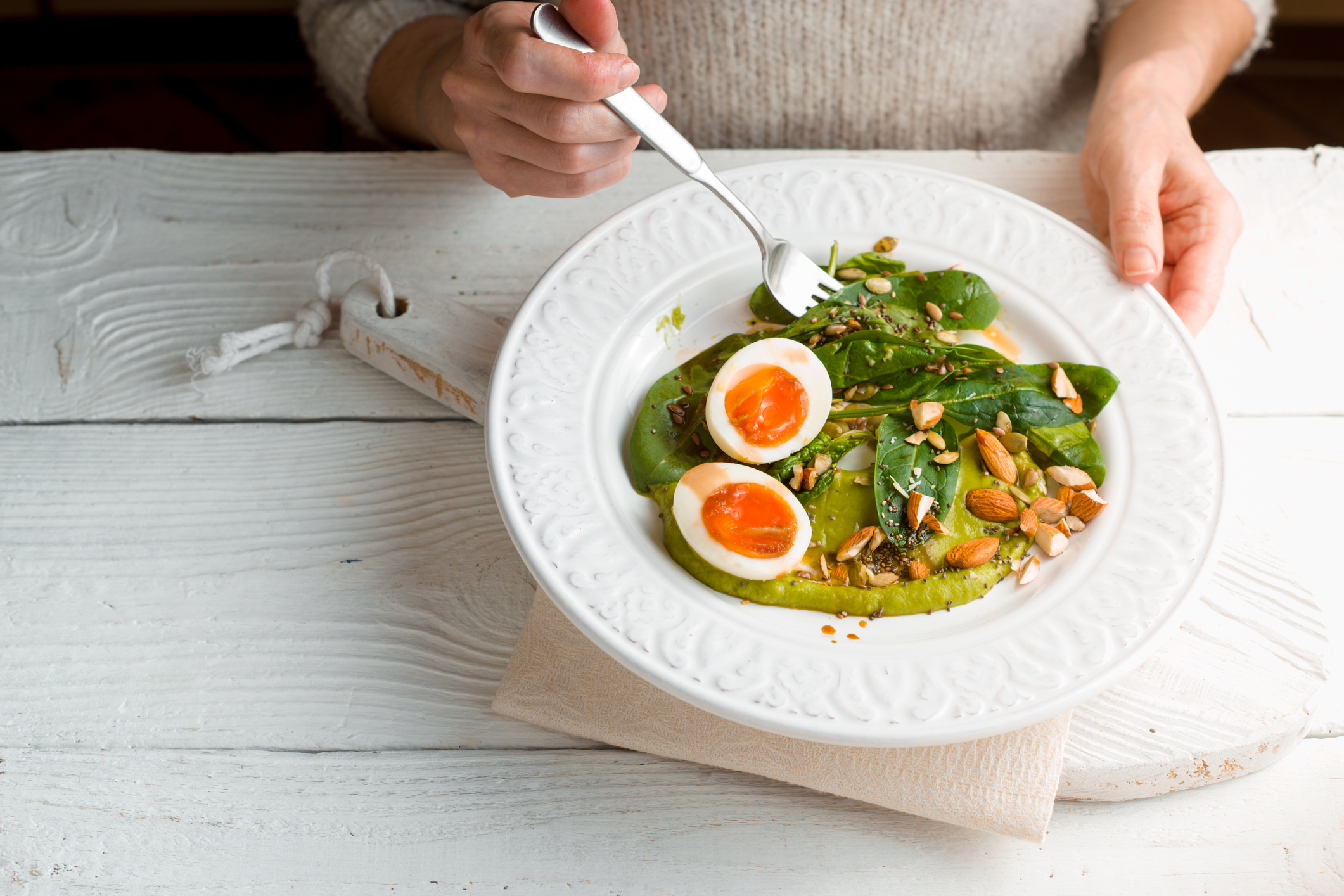
Eggs contain several nutrients that aid in tissue recovery. Egg yolk boasts high levels of zinc, while the egg white contains amino acids necessary for tissue rebuilding. Zinc is a critical component of healing as it aids in cell division and maintenance of mucous membranes. The body must create new tissue, necessitating the consumption of zinc in the diet to heal an injury. This mineral is also responsible for maintenance of healthy immune function, helping to ward off infection that may result from bodily trauma.
Anti-Inflammatory Fats
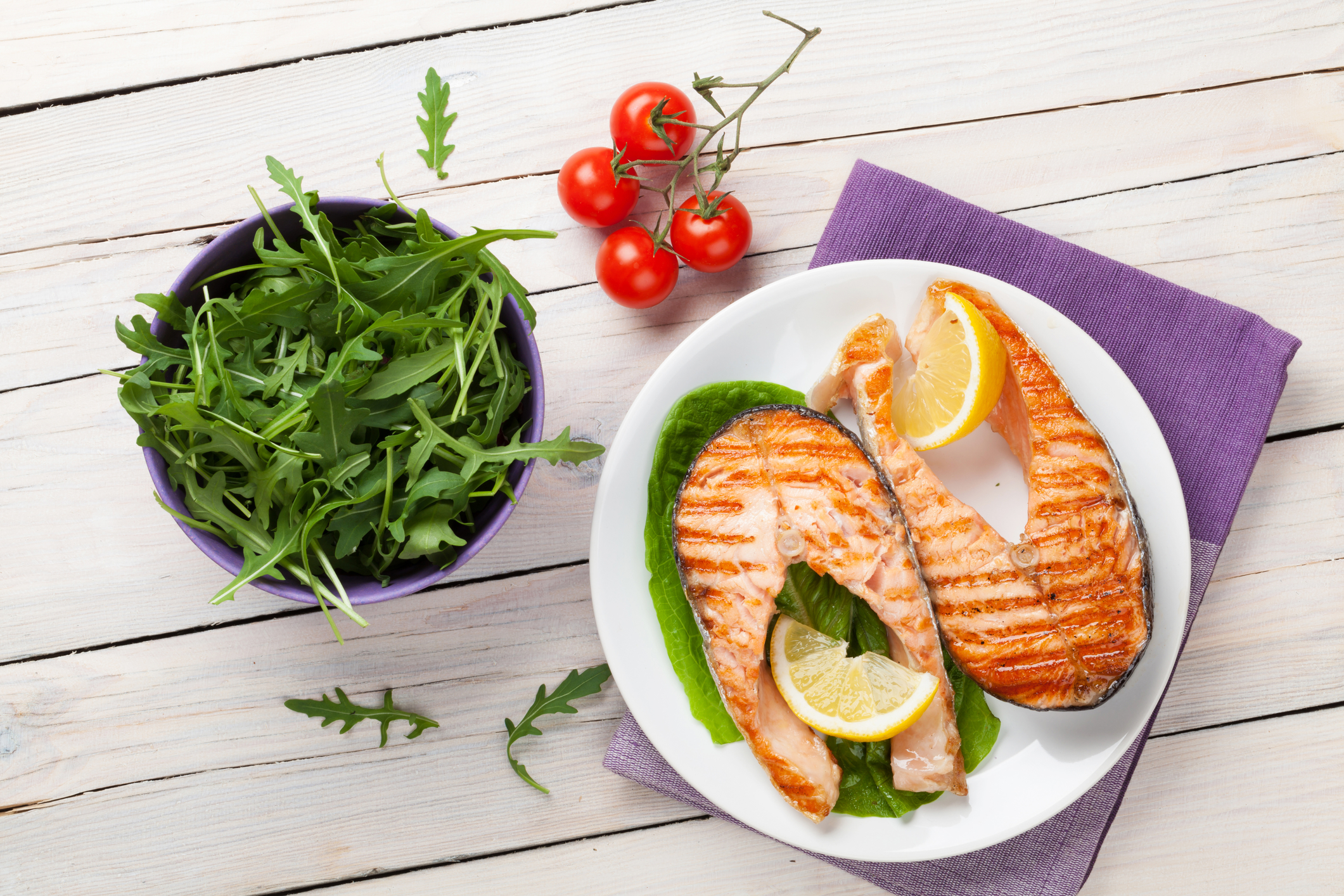
Anti-inflammatory fats have shown great promise in the acceleration of healing. Research suggests that EPA (a component of fish oil) speeds recovery time of injured ligaments by improving the rate of cell regeneration. These fats also reduce inflammation in injured tissue allowing the body to perform its natural healing functions. Foods that contain these fats include oily fish, nuts, flaxseed and chia seeds.
Chicken
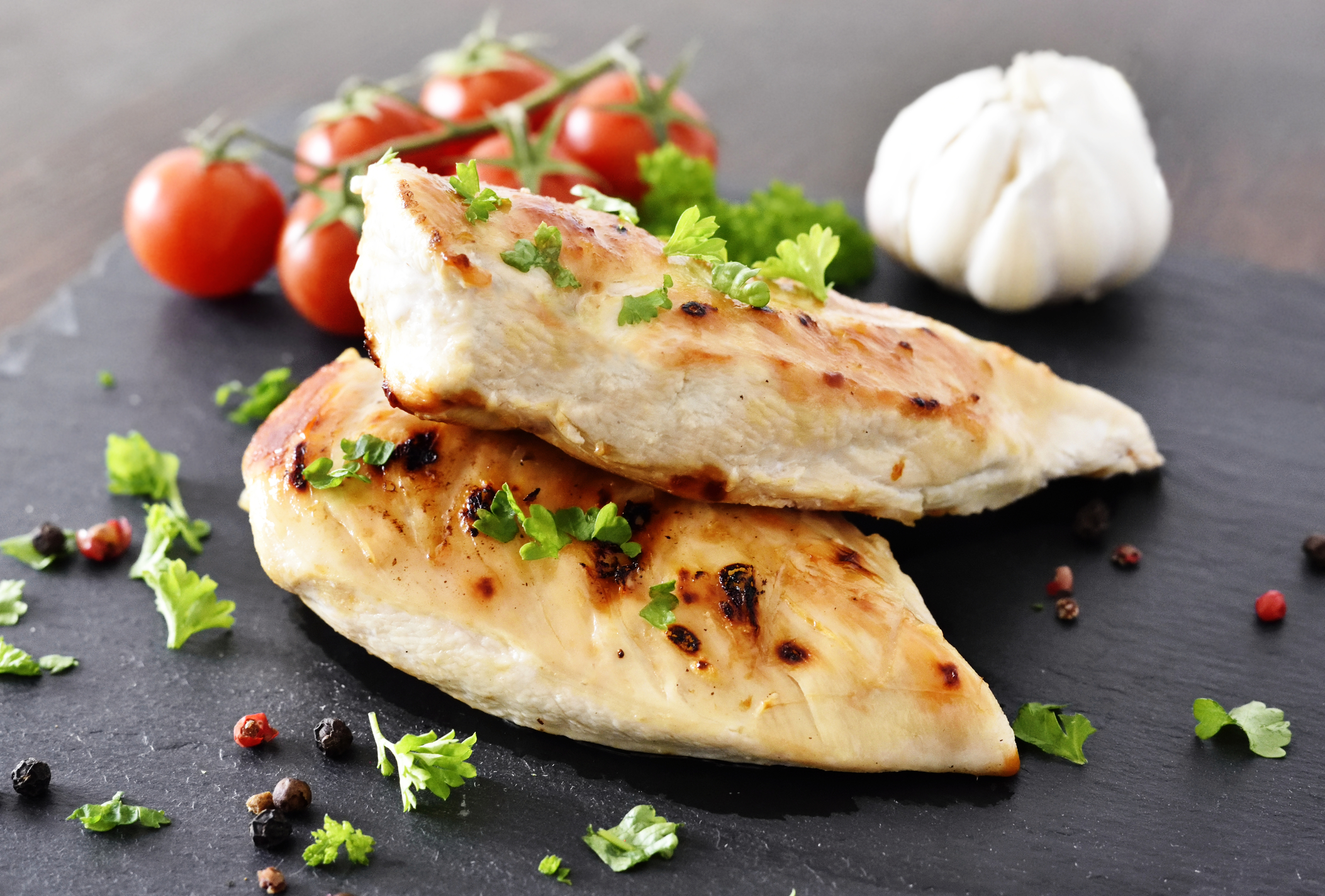
Chicken is a healthy source of lean protein, which is critical for healing injured muscle tissue. The body enters a state of catabolism, or muscle breakdown, following an injury due to an automatic metabolic response to trauma. In order to mitigate the breakdown of tissue, adequate protein consumption is necessary to speed the healing process. Even in a non-injured state, protein is critical in the maintenance of muscle tissue, making it absolutely necessary for the repair of damaged tissues. In addition to protein content, chicken has high levels of zinc, another crucial mineral in the recovery process. Studies point to zinc as the mineral responsible for mitigating protein breakdown in injured subjects.
Red Meat
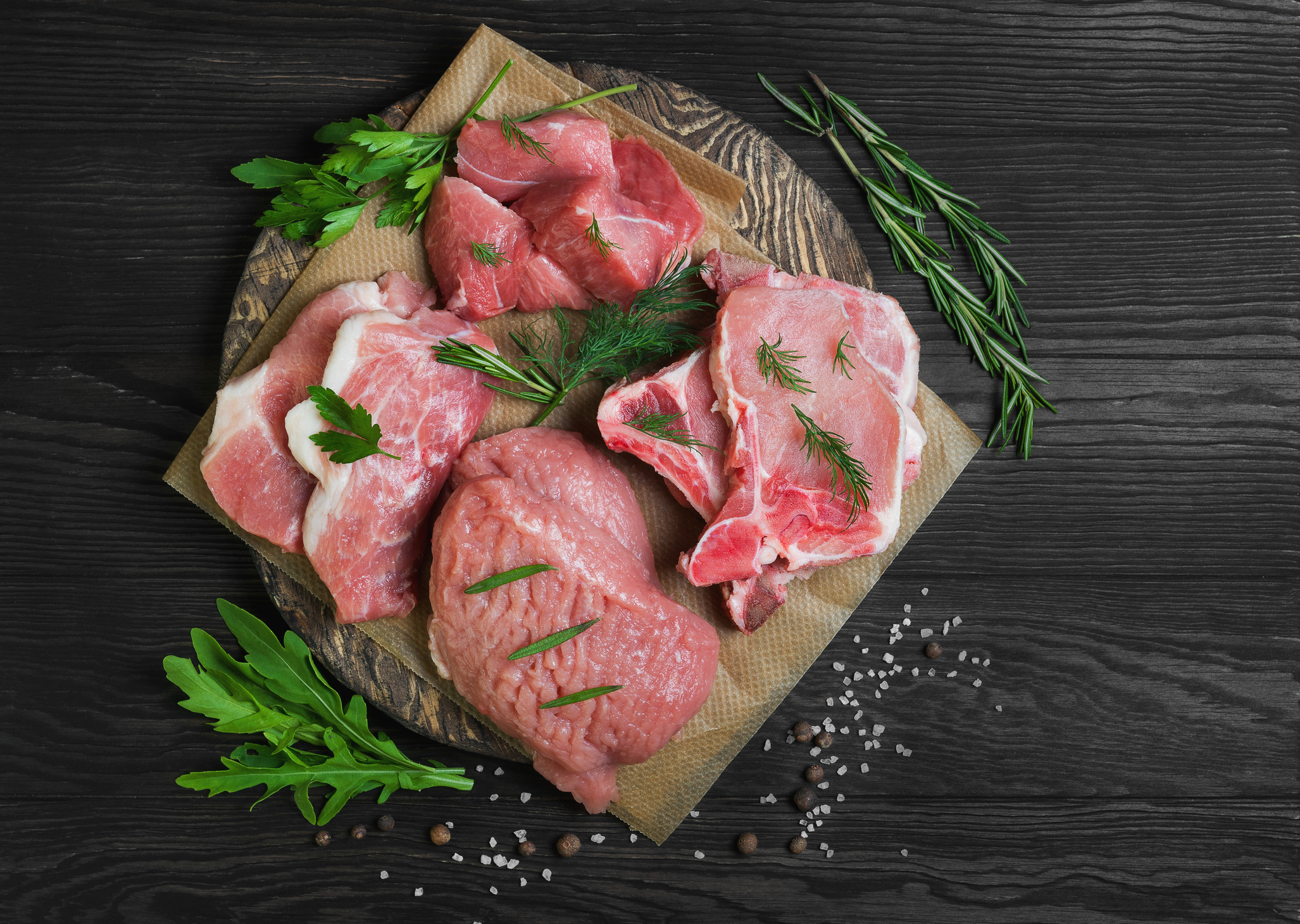
Red meat is high in zinc, iron, vitamin A, and protein, making it a valuable dietary addition for those suffering from an injury. Protein is critical for the repair and maintenance of new tissue, while iron assists in the delivery of oxygen and nutrients via the blood. Red meat is also one of the only sources of pure vitamin A, meaning the body does not have to convert it from beta-carotene. Vitamin A is critical in the formation of new collagen while zinc helps to reduce inflammation in injured tissue. Individuals suffering from an injury may consider adding grass-fed beef liver to their diet as it is one of the most concentrated whole food sources of iron, copper, zinc, B12, chromium, and vitamins A, D, E, and K.